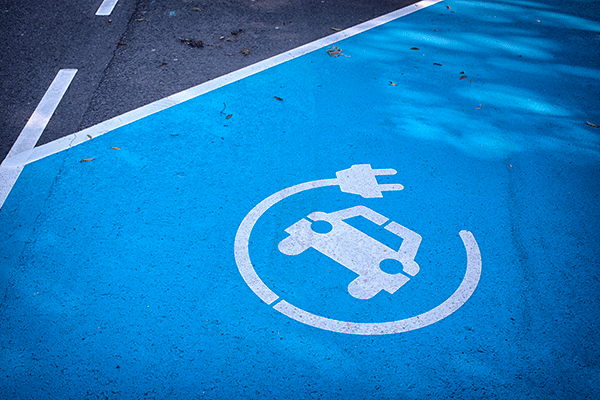 In 2005, the number of electric vehicles on the road could be measured in the hundreds. Over the years, researchers have made technological leaps in the field of EVs. Now, we’ve exceeded a global threshold of one million EVs, and the demand continues to grow.
In 2005, the number of electric vehicles on the road could be measured in the hundreds. Over the years, researchers have made technological leaps in the field of EVs. Now, we’ve exceeded a global threshold of one million EVs, and the demand continues to grow.
However, the ultimate success and growth of the EV hinges on battery technology. With some scientists stating that convention Li-ion batteries are approaching their theoretical energy density limits, researchers have begun exploring new energy storage technologies.
ECS member Qiang Zhang is one researcher focusing on technologies beyond Li-ion, specifically focusing on lithium sulfur batteries in a recently published paper.
“The lithium sulfur battery is recognized as a promising alternative for its intercalation chemistry counterparts,” Zhang says. “It possesses a theoretical energy density of ~2600 Wh kg-1 and provides a theoretical capacity of 1672 mAh g−1 through multi-electron redox reactions. Additionally, valuable characteristics like high natural abundance, low cost and environmental friendliness of sulfur have lent competitive edges to the lithium sulfur battery.”


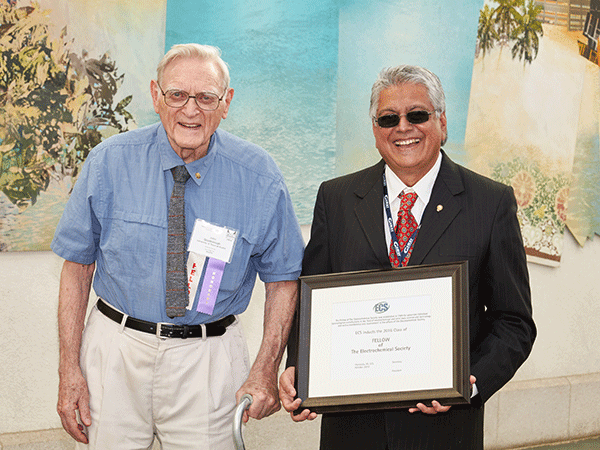
 Lithium-air batteries are viewed by many as a potential next-generation technology in energy storage. With the highest theoretical energy density of all battery devices, Li-air could revolutionize everything from electric vehicles to large-scale grid storage. However, the relatively young technology has a few barriers to overcome before it can be applied. A new study published in the
Lithium-air batteries are viewed by many as a potential next-generation technology in energy storage. With the highest theoretical energy density of all battery devices, Li-air could revolutionize everything from electric vehicles to large-scale grid storage. However, the relatively young technology has a few barriers to overcome before it can be applied. A new study published in the 
 One year ago Tesla Motors announced plans to build its
One year ago Tesla Motors announced plans to build its 
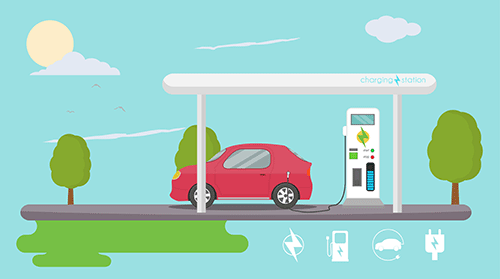 Currently, electric vehicles depend on a complex interplay of batteries and supercapacitors to get you where you’re going. But a recently published paper, co-authored by
Currently, electric vehicles depend on a complex interplay of batteries and supercapacitors to get you where you’re going. But a recently published paper, co-authored by 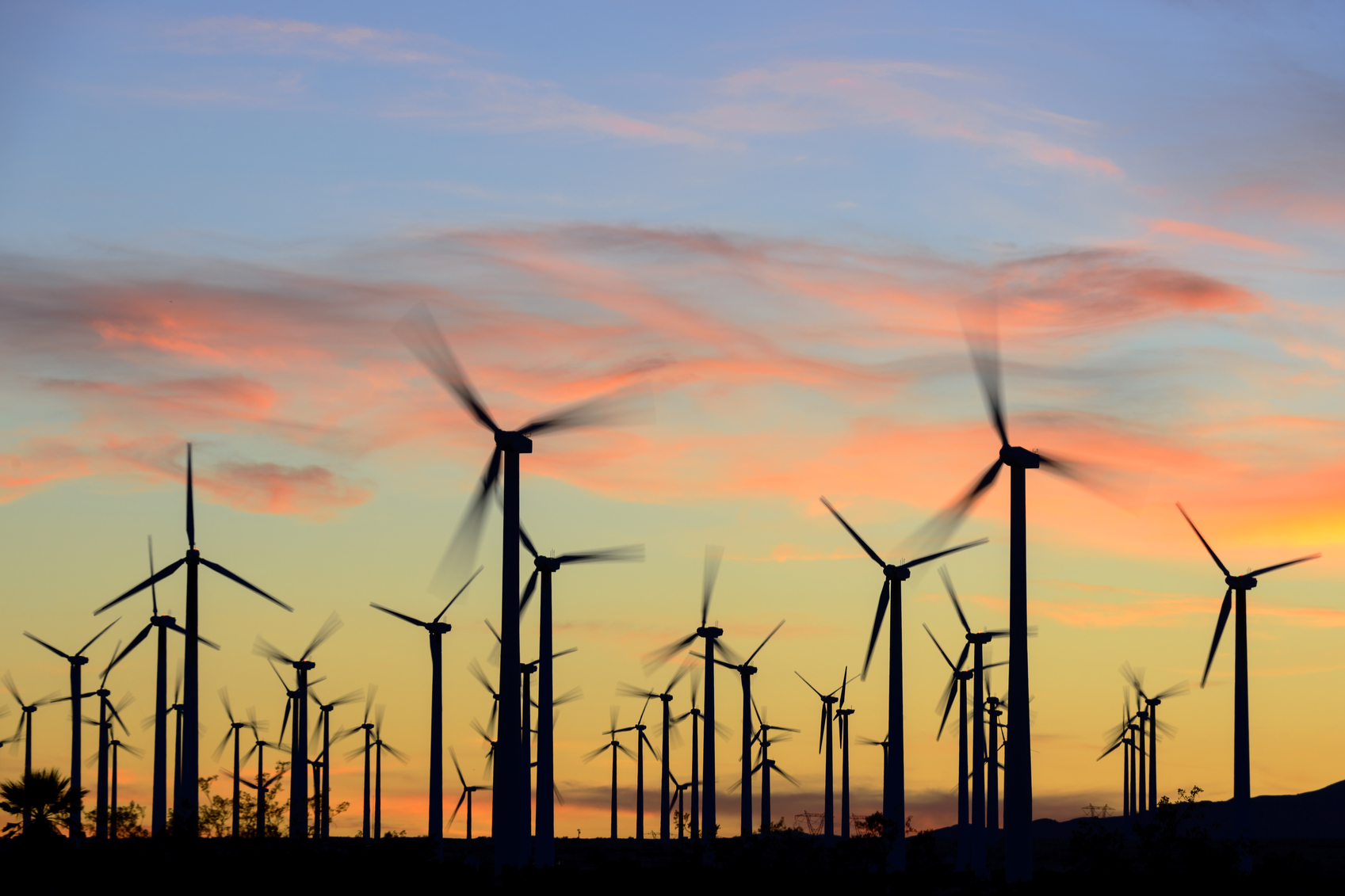 New research shows another step forward in the goal of developing energy storage systems robust enough to store such intermittent sources as wind and solar on a large-scale.
New research shows another step forward in the goal of developing energy storage systems robust enough to store such intermittent sources as wind and solar on a large-scale.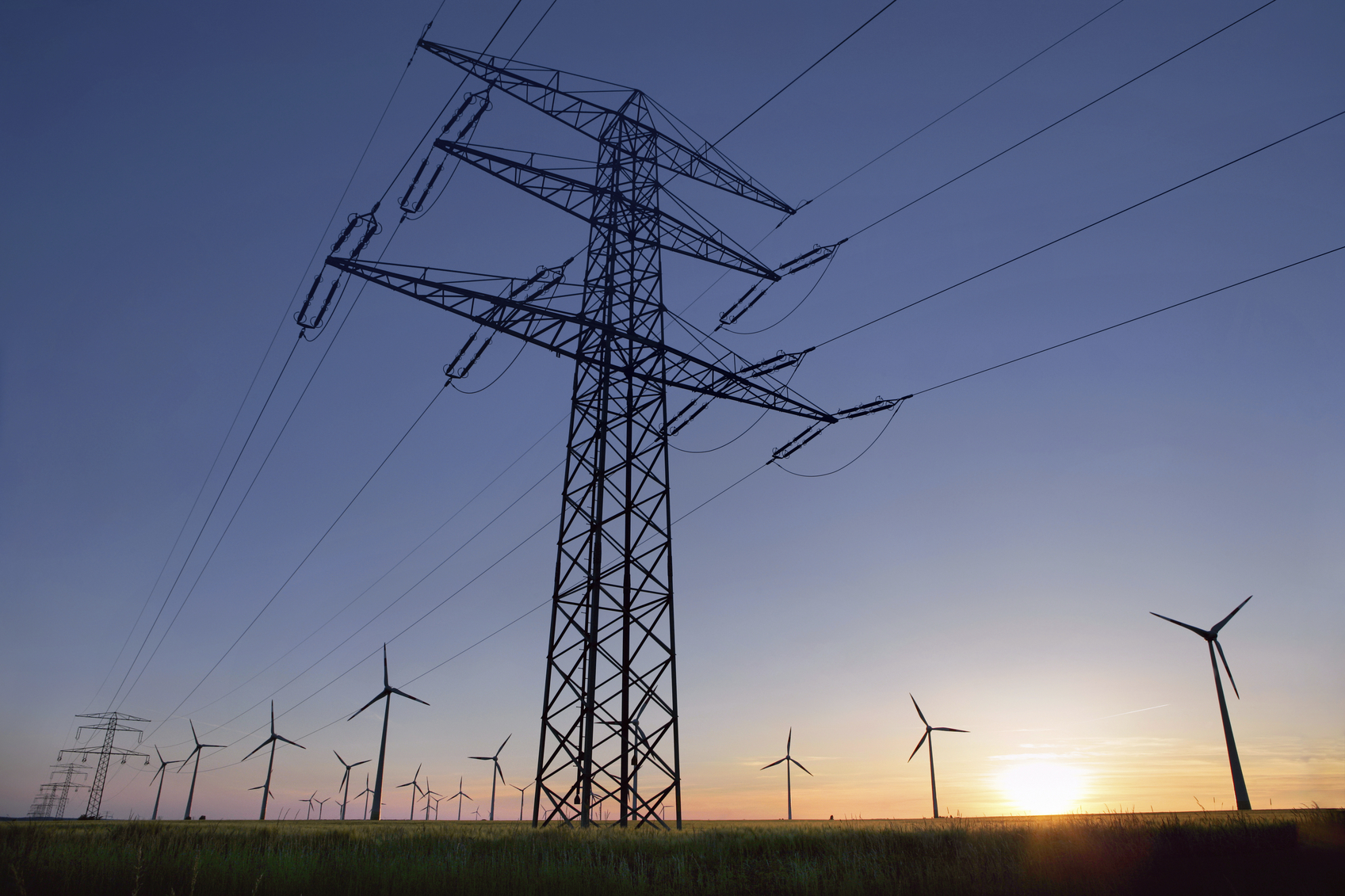 The world’s next energy revolution is looming nearer.
The world’s next energy revolution is looming nearer.